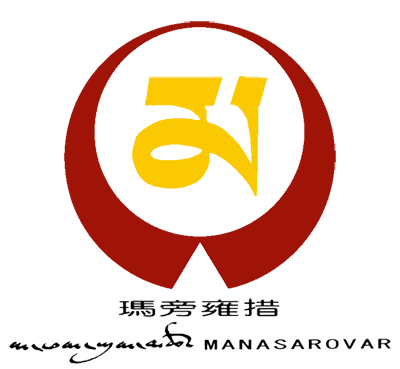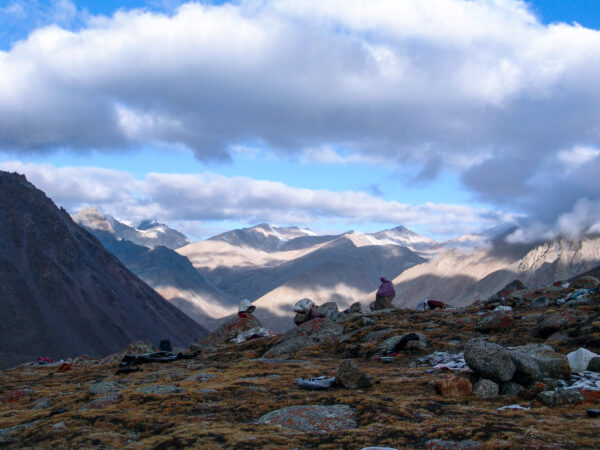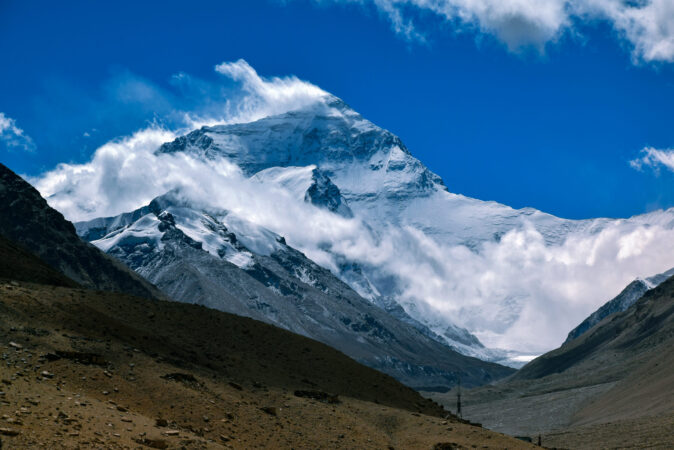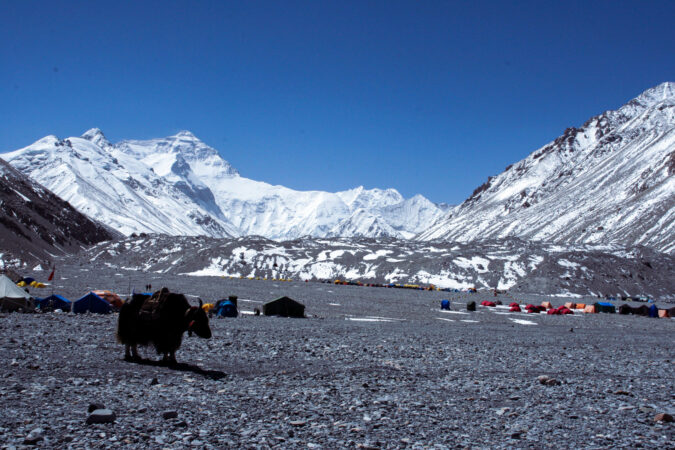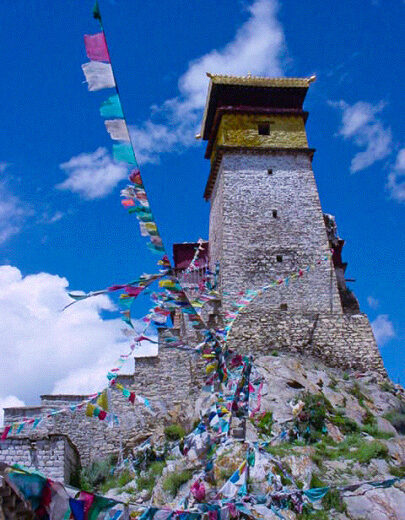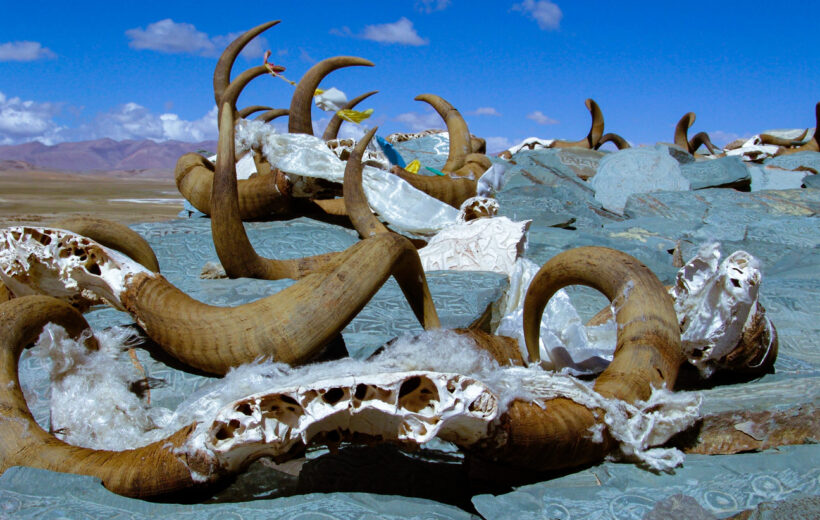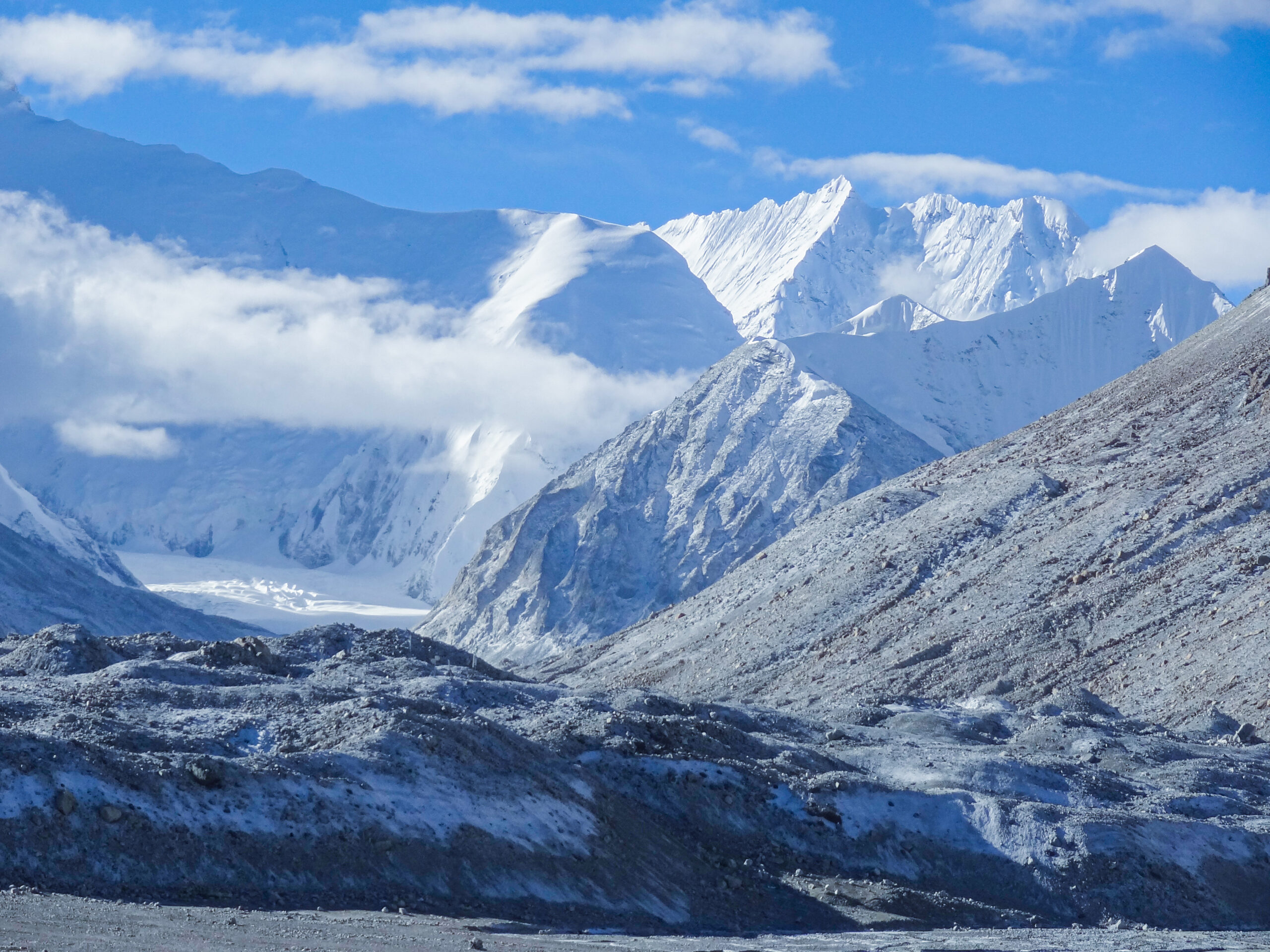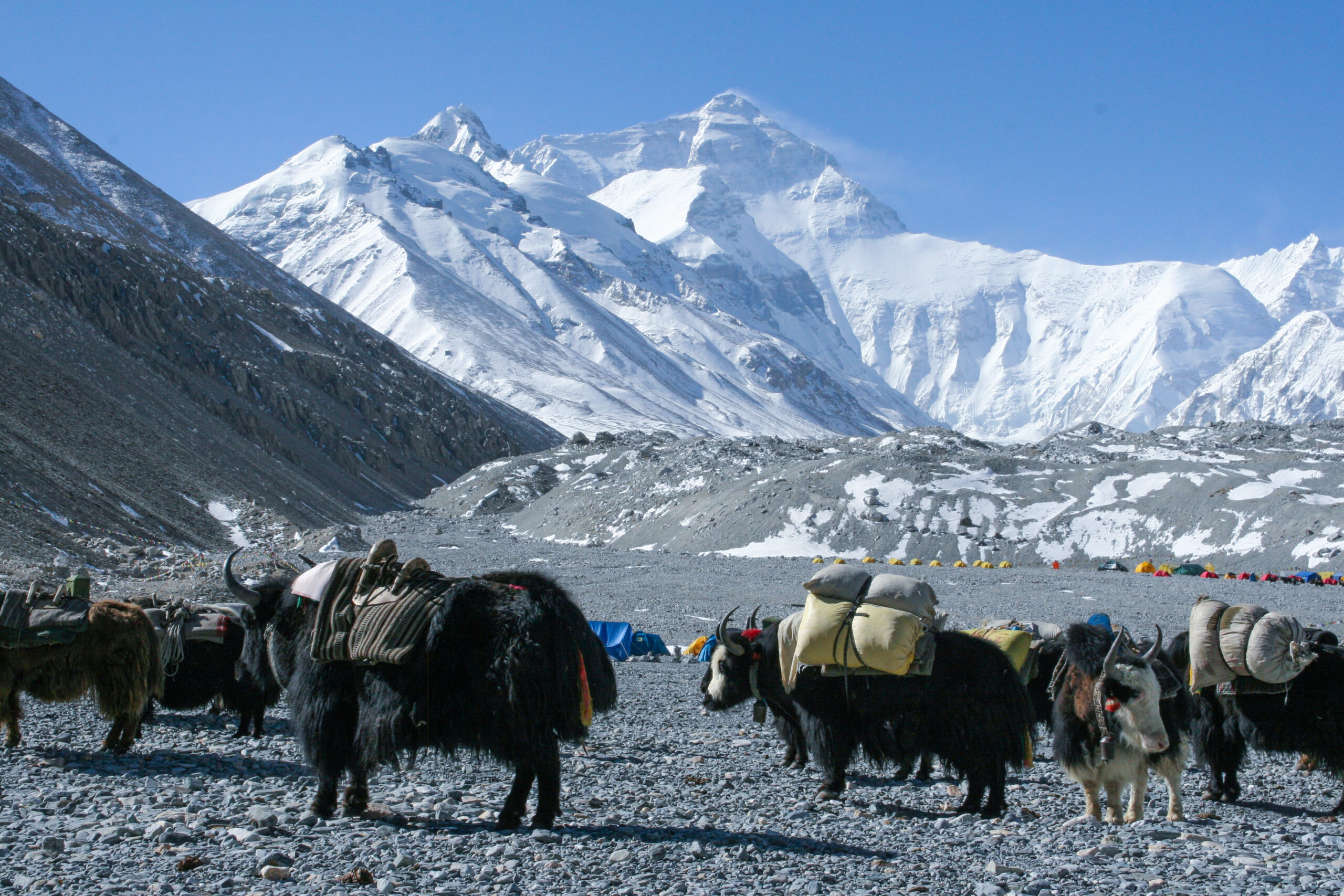Fixed Departure Tibet Overland Tour
Duration
What you will See & Do
Tiber Overland Tour starting from the Mainland China is the opportunity of a lifetime, no wonder it scores high on the bucket list of most travelers. Tibet is often called the Roof of the World, because it is situated on a high plateau north of the Himalayan range in the western part of China. For centuries it was nearly impossible for foreigners to enter, which created a mysterious image of Tibet and its unique culture. Our trip takes you to a memorable adventure, offering you the opportunity to experience the natural beauty of Tibet, the serenity and wisdom of its Buddhist culture, and the chance to see how Tibetan people – nomads and farmers – manage to make a living in this harsh environment. Either you plan a spiritual journey, a pilgrimage, a cultural tour or dreaming about seeing Mt. Everest and the Himalayan range, this trip have it all.
From the temples and monasteries in and around Lhasa, you will travel through high mountain passes of Tibet, visit the famous turquoise lake, the soul-lake of Tibet, learn about traditional life in Gyantse, visit the Panchen Lamas residence in Shigatse, and cross the Trans-Himalayan range to visit Everest Base Camp, where climbers gather every year to conquer the highest peak of the world. The current itinerary is based on the recommendations from our experts and feedback from travelers who made Tibet Overland Tour with us in the last few years. We hope to welcome you soon on your adventure of a lifetime!
Fixed Departure Dates 2023
03 September 2023
17 September 2023
22 October 2023
29 October 2023
12 November 2023
Important Notes on Tibet Overland Tour
. This Joining trip is Guaranteed if confirmed with 02 pax. Maximum Group Size: 15 pax
. The Mainland China Visa and Flights are to be managed at your end, we shall be providing the services only from Lhasa.
. Tibet Permit is delivered to your Hotel address in China, so please provide us the details of your Hotel you are accommodated.
. If you want permit upon arrival at the Airport, additional cost will be applicable.
. You will be joining others in the group at Lhasa.
. Accommodation mentioned in the itinerary is subject to availability. At the time of booking confirmation, we will try to book the same accommodation mentioned. If not, then we will inform you about the next available hotel of similar category and price.
. Please note that the distance and timings mentioned in the itinerary are for reference purpose only. The actual distance covered and time taken in the journey may change.
. No Refunds in case of any services missed or unused.
Itinerary
Day 1: Arrive Lhasa
Today is the arrival day and no other activities are planned for the day except for group meeting. Appointed Guide will be receiving all group members from the airport or train station and assisting them in checking in hotel in Lhasa. Once all group members are received, guide will do the needful preparation for the first group meeting where he will be briefing all about the trips, do’s and don’ts etc.
Day 2: Sightseeing Tour in Lhasa, Visit Drepung – Nechung, Norbulinka and Sera Monastery.
A full day exploring Lhasa’s most important sites.
Sightseeing Drepung Monastery
Drepung means rice-heap which comes from the Sanskrit Dhanyakataka, the name of stupa in south India where the Buddha first taught the Kalachakra Tantra. The monastery is located 8 km west of Lhasa. With an area of over 20,000 sqm, its principal buildings are the Tshomchen, the four main tratsangs, and the Ganden Potrang. Each of these has its own residential units, Khangstens and other functional buildings. The major structures follow a simple architectural plan. Each consists of a courtyard, a large hall and inner chapels. Dominated by a high ridge known as Gephel Utse, Drepung was founded by Jamyang Choje in 1416. This celebrated yellow hat lama was born near Samye to a wealthy family (a childhood friend donated large sums for the building of Drepung). With the contribution of rich families and feudal lords, he announced plans to create a great monastery One year after commencement, the monastery had become home to 2000 monks. By the time of the Fifth Dalai lama (1617-82), its population had grown to a staggering 10,000 monks. Pilgrims move through the complex in a clockwise sequence from the parking lot fronting the main entrance: Ganden Potrang, Tshomchen, Ngagpa Tratsang, Jamyang Lhakhang, Loseling Tratsang, Gomang Tratsang, and the Deyang Tratsang.
The summer palace of the Dalai Lamas, Norbulinka (or Treasure Garden) is a quiet and beautiful manor house. It proudly boasts a great display of high-altitude flora and is a popular summer picnic ground.
Sightseeing Sera Monastery is one of the Gelugpa’s six great monasteries (the other five are Drepung, Ganden, Tashilumpo, Labrang, and Kumbum). Sera lie at the base of Phurpa Chok Ri, a mountain of the Tatipu Range that defines the northern limit of Lhasa city. It was founded in 1419 by Sakya Yeshe (1355-1435), a principle disciple of Tsong Khapa. The complex today, a veritable monastic city, occupies a site of nearly 12 hectares. It is made up of the Tsokchen Great hall), three tratsangs, and 30 Khangstens. A Khangsten is a residential compound with chapels reserved for monks coming from different areas of Tibet, whereas a Tratsang is a college that offers specialized studies, headed by its own abbot (Khenpo). It was a vital center for religious activity and Sera boasted over 5,000 monks and novices. It is one the best-preserved monasteries in Tibet, its principal buildings were in explicably spared during the Cultural Revolution. Pilgrims follow a well-trodden route when they visit the main chapels. The basic clockwise sequence is Sera Me, Ngagpa Tratsang, Sera Je, Hamdong Khangsten, Tsokchen, Tsong Khapa’s hermitage.
Day 3: Sightseeing Tour in Lhasa, Visit Potala and Jokhang – Walking Tour in Barkhor including guide only.
The Potala Palace towers over Lhasa and is an enduring landmark of Tibet. Little remains of the original structure built by Songtsen Gampo other than its foundations. After climbing its impressive stairway, you will see audience halls and the living quarters of the Dalai Lamas, some exceptional relics, stupas, three dimensional mandalas, numerous statues. After Lhasa was reinstated as the capital of Tibet in the 17th century, the Great 5th Dalai Lama began construction of the White Palace (built 1645 – 53) employing 7000 workers and 1500 artisans.
The Jokhang Temple is 1300-year-old, a golden-roofed building at the center of the Barkhor Market. The most sacred and active Tibetan temples, it was founded by Bhrikuti, King Songtsen Gampo’s Nepalese bride, on a site chosen by his other wife (a Tang dynasty Chinese princess, Wenchang) as the principal geomantic power – place in Tibet.
Day 4: Free day in Lhasa
Today, is a free day in Lhasa. However due to uncertainty in policy of Tibet Government, please do check with your guide about the possibilities of going around freely. Should you be interested in visiting other places of interest, you may consult with your guide.
Day 5: Transfer to Gyantse via Yamdrok Tso and Karo La.
Today’s drive is 254 km from Lhasa, yet scenic as you cross the Khamba La, Karo La (passes) along the shores of a stunning view of Lake Yamdrok Tso.
Gyantse (3950m) was a once important trading town between Sikkim, Bhutan and Tibet and still retains the charm of old Tibet. Walking around in its backstreets you will soon feel teleported into medieval times; or climb up to the impressive hilltop fortress (dzong) where, in 1904, locals held out against the vastly superior forces of the invading British army for almost six months.
Day 6: Transfer to Shigatse with Visit to Pelkhor and Tashi Lumpo.
In the morning, visit Pelkor Choede Monastery. The main temple of Pelkor Chode, the Tsuklakhang was built 1418– 1425 by the prince of Gyantse. It was an eclectic academy with 16 dralsang (colleges) belonging variously to Sakya, Butonpa, Geluk and Kagyu schools. All the dralsang buildings have been destroyed, however the main assembly hall was preserved along with its remarkable (15th images and Murals). The top chamber is decorated with fantastic mandalas in Sakya tradition.
We continue our drive to Shigatse which stands at the confluence of Nyangchu and Brahmaputra Rivers. Shigatse is Tibet’s 2nd largest city. In Shigatse, we visit Tashilumpo Monastery which was founded in 1447 by a nephew and disciple of Tsongkhapa who was retroactively named the first Dalai Lama.
Day 7: Transfer to Shegar via Sakya Gompa.
You continue your journey towards Shegar via Sakya town. Sakya is the principal seat of Sakya School and as such played dominant role in the political and religious history of Tibet in the 13th and 14th century. The architecture and colouring of both Sakya town and gompa are distinctive. The name ‘Sakya’ means “light coloured earth” and it comes from the white patch on the hillside opposite the main temple complex.
Day 8: Transfer to Rombuk.
After leaving Shegar, you will turn off the friendship highway for a stunning drive through Qomolangma National Park, and reach the Rombuk valley by the afternoon for your first glimpse of Mt. Everest or Qomolangma in the local tongue meaning the “Queen of the mountain range”. The best views you get from the tiny Tibetan monastery, Rombuk Gompa, where you will spend the night.
Day 9: Transfer to Lower Kyirong via Paiko Tso.
Today you wake up in the morning with the sighting of Mt. Everest – where else can you do this – Unbeatable – Amazing – The North Face of Mount Everest (8848.86m) or Mount Qomolangma in Tibetan is face to face with you.
Later on, you continue your drive towards Lower Kyirong driving past the beautiful lake in Tibetan plateau Paiko Tso Lake along some high-altitude mountain passes with a magnificent view of Mt. Sishapangma and Chyo Yu.
Day 10: Cross border at Rasuwa and Drive to Trishuli.
Today you will continue your drive towards Nepal-Tibet border. Kyirong or Gyirong Port (Rasuwa Port on Nepal side) is located about 160 km from Kathmandu, capital of Nepal and about 820 Km from Lhasa.
At the border, you walk across the bridge joining Nepal and Tibet. Your local guide will receive you at the Kyirong border and assist you for necessary immigration formalities in Nepal part.
Later you continue our journey towards Trishuli where you can rest for the night. The road connecting the border and Trishuli town is adventurous and you can expect to have a bumpy ride.
Day 11: Transfer to Patan.
Today, you head onto Patan driving along Prithivi Highway. You’ll drive through lush green forest alongside Trishuli river on the curvy roads towards Kathmandu. Kathmandu is an incredibly diverse, historic city with amazing architecture, exquisite wood carvings and metal craft which showcase the skills of the Newar artisans of centuries ago.
The hotel you will be staying is close to the UNESCO Heriatge Site, Patan Durbar Square. Participate on a orientation walk with the local guide, surrounded by a fascinating array of temples, Patan is built in various architectural manners, varies from the era of its establishment.
Patan Durbar Square is a home of numerous temples like Krishna Mandir, Bhimsen Mandir, Taleju Bell and much more, which displays Gods and Humans, in Nepal, have always lived with next to each other since long-long time ago. All the temples of the Patan Durbar Square are decorated with the samples of the masterpiece of Nepalese handicrafts; according to the Newari architecture. The city is built on Newari cultural perspectives, thus, the city envelopes the pride of Newari cultural history.
Day 12: End of Service
Your wonderful trip concludes today. After breakfast, you check out from the hotel for your onward journey (depending upon your services booked).
